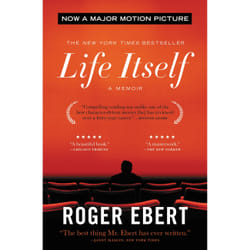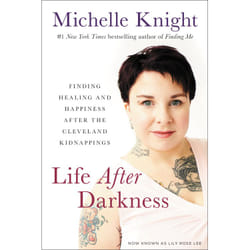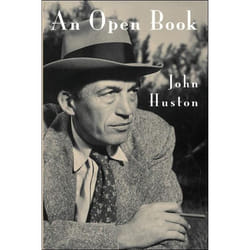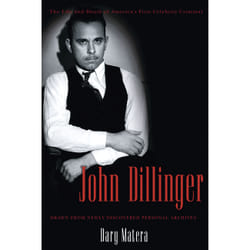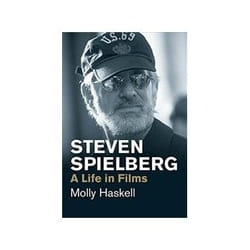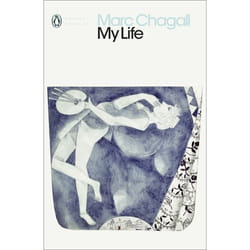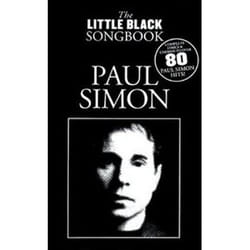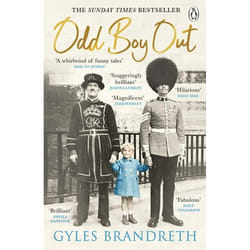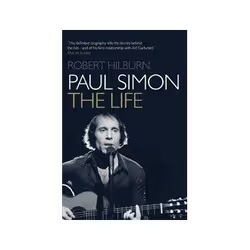
ISBN Paul Simon: The Life book Biography English 448 pages
ISBN Paul Simon: The Life, Biography, English, 448 pages
Similar Products
Product Information
Paul Simon: The Life, the long-anticipated Paul Simon biography by Robert Hilburn, is an extensive look at the life of the music legend. Take a look at Paul’s discography, and you might be surprised by how many hits and classics he has accumulated over the years. You’d be hard pressed to find someone who couldn’t sing along with at least half of his most well-known songs, including The Sound of Silence, Homeward Bound, I Am a Rock, Red Rubber Ball, The 59th Street Bridge Song (Feelin’ Groovy), Mrs. Robinson, Cecelia, Bridge Over Troubled Water, The Boxer, Me and Julio Down By The Schoolyard, Mother and Child Reunion, Kodachrome, Loves Me Like A Rock, Still Crazy After All These Years, 50 Ways to Leave Your Lover, Slip Slidin’ Away, Graceland and of course, You Can Call Me Al.Since it was first announced, it had been assumed that this book, written with Paul’s cooperation, would be the definitive account of his life up to now. If you’re a Paul Simon fan, you might have wondered who this Kathy was that captured Paul’s heart, or perhaps you were in Central Park for one of his history-making concerts. Maybe you listened to Graceland on repeat throughout your sophomore year of college. For fans such as these, this book should be satisfyingly complete. Hilburn examines Paul’s life with meticulous care and accuracy, offering a glimpse into what’s inspired and influenced his music through the years. If you are more than a casual fan, however, there’s a chance you’ll find the book disappointing. There are a few surprises and records set straight, but a devoted fan is likely to notice where things are omitted, glossed-over or repeated from previous books and articles.That said, Hilburn definitely did his homework and had access to the best sources possible. He interviewed Paul Simon himself for more than 100 hours (an experience which must have been fascinating) as well as Paul’s brother Eddie Simon, lifelong friend Bobby Susser, first wife Peggy Harper, second wife Carrie Fisher, record producer and engineer Roy Halee, manager Mort Lewis, close friend Lorne Michaels and a whole host of other friends, colleagues and collaborators. Hilburn even had access to Paul’s mother Belle’s unpublished reflections of her life and also spoke with people close to Paul’s first love, Kathy Chitty. There was really only one voice noticeably missing. Unfortunately it was probably one many people hoped to hear from. That voice, of course, would be that of Art Garfunkel.It’s a tricky situation. Paul Simon and Art Garfunkel are two names that naturally go together in the public consciousness, thanks to the enduring popularity of Simon and Garfunkel. These two childhood friends achieved musical success in the 1950s as teen rockers Tom and Jerry, but problems plagued their relationship early on. When the two eventually became one of the most famous and successful musical duos of all time, their names--for better or worse--became linked together forever. It has now been nearly fifty years since they went down their separate paths, but no matter how far apart they grow musically or how much they achieve as individual artists, they’ll likely always be compared to each other and the work they did as a duo. They’ll probably always be asked about and constantly reminded of each other. It’s almost not surprising that their relationship has appeared to have gone permanently sour. It’s not normal or healthy for any friendship to be subject to decades of public scrutiny--especially one with such intense feelings, strong personalities and as long of a history as theirs. Under this kind of scrutiny, the natural ups and downs of a private relationship through the years instead become a cycle of very public, very dramatic splits and reunions, with the press and public hanging on every word.Hilburn, to his credit, did speak with and attempt to interview Art. According to various articles and personal email correspondence I had with the author himself, Hilburn contacted Art a number of times and diplomatically promised to treat him with the same respect given Paul. Art eventually declined, saying he might have done an interview if the book focused on Simon and Garfunkel, but not if it was just about Paul Simon. This response, disappointing though it may be, is understandable. In a way, it’s gracious of Art to step aside and let Paul’s story be told without whatever grievances or differences might have come up had he done an interview. But with Art’s viewpoint absent, it’s obvious that there is a large part of the story that the reader isn’t getting. Hilburn makes the best of it. He fills in gaps with quotes by Art from previous articles and even Art’s own book, What Is It All But Luminous: Notes From An Underground Man. The result is a biography that leans somewhat toward Paul’s side of things, but not in an unfair way.Previous Paul Simon biographies by other authors were disappointing efforts, riddled with errors and inaccuracies. With this book, however, Hilburn had the advantage of working with Paul directly and there are very few things that were noticeably wrong (or at least not quite right)--obvious things like photo 17 in Insert One, which is said to be Paul and his brother Eddie in the 1970s, but is clearly from the 60s. A few details are unfortunately omitted that might have colored the story here and there and there was at least one quote that wasn’t quite accurate to what was actually said. Hilburn’s high level of professionalism keeps little things like these to a minimum, however.As far as new information goes, there wasn’t much revealed by this book that hadn’t been known before. The book leans heavily on various articles from publications such as Rolling Stone, SongTalk and an especially candid interview Paul did with Tony Schwartz for Playboy, published in February 1984. The book does do a great job of digging into Paul’s songwriting method and his thought process. Some select songs are examined in-depth, and it’s always a treat to hear Paul talk at length about what’s behind a song or lyric.Paul certainly has to be pleased with the final product. Hilburn tread carefully with his subject, and you can sense the affection and admiration he has for Paul throughout the book. Although it is stated that Paul didn’t have editorial control, you can tell that Hilburn knew Paul well enough to know exactly what subjects to press back on and which to leave out or gloss over. Are there things in there that Paul would probably rather not have people know? Sure. But it’s nothing scandalous or outrageous. The whole thing is rather complimentary, actually. Few are likely to finish this book thinking less of Paul.That said, my general feeling when I was done with the book was mild disappointment. The book was good. Paul is an OK guy. So why did I feel so down afterward? Why did I put away the Simon and Garfunkel records I had hanging on the wall? Why did I avoid his music for a while after I read it? The answer probably lies in the bittersweet nature of the story. Paul struggled, not just with others, his work or the industry, but also with himself. He suffered from depression and insecurity. There’s a lot of troubled water under the bridge. Add to that the realization that Paul and Art’s story is not likely to have a happy ending. No one expects them to ever be best friends again, but the fact that they are currently farther apart than they ever have been is rather sad. And it has to be said--Art’s role in Paul’s life is minimalized here. If you like to think of Simon and Garfunkel as two people that made music through some kind of extraordinary, magical connection, be prepared to lose that magic.That’s perhaps the most disappointing thing about the book--the lack of feeling, of emotion. It’s there, but it’s presented in stark light. It’s amazing that someone like Paul, who is able to express deep sensitivity and empathy in song, comes across as distant and guarded as he does. After a lifetime of putting up walls, he has begun to resemble the rock he wrote about so long ago. Although Hilburn does his best to show warmth where he can, the book ultimately depicts Paul’s life much like a black and white photograph would. It’s accurate, sharp and interesting, but something’s missing. It’s lacking the color. It’s lacking the sentiment and vibrancy of Paul’s life. In many ways, it’s really the opposite of Art’s autobiographical-ish book. If this book is a black and white photograph, Art’s book is paint splattered randomly on canvas. Both can be appreciated, but wouldn’t it be nice to have something somewhere in the middle?In the end I’m giving the book five stars. It achieved exactly what it set out to do. It’s accurate, well-written and satisfying. It might not have been as thorough as I would have liked, but I’m not an average Paul Simon fan. It could have benefited from a little more feeling, as I stated previously. The book itself is beautiful, with a high-quality photograph on the cover and deckled page edges. The pictures included are of somewhat disappointing quality, however, and are weirdly random. Paul Simon: The Life is definitely worth getting your hands on, especially if you have tickets for Paul’s farewell tour this summer, and you want to know more about the man behind all those great songs.
Customer Reviews
Share your opinion on the product or read reviews from other members.



